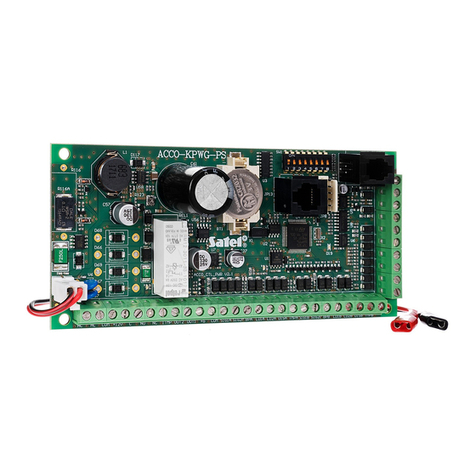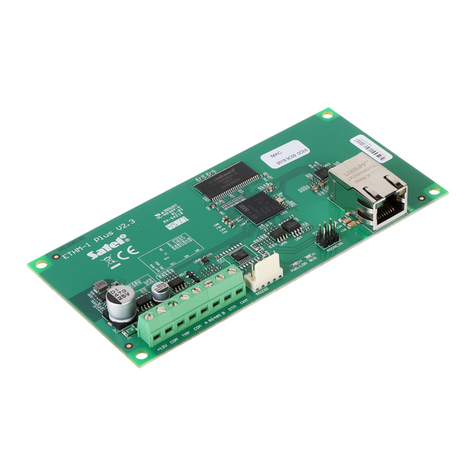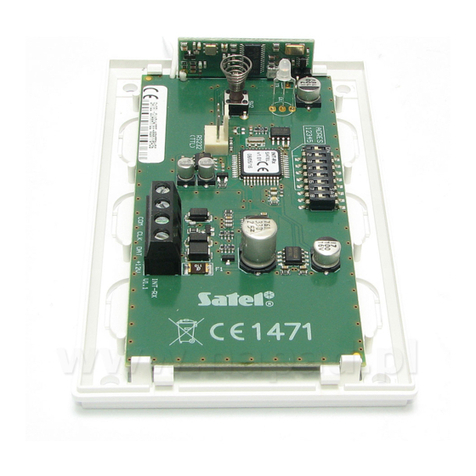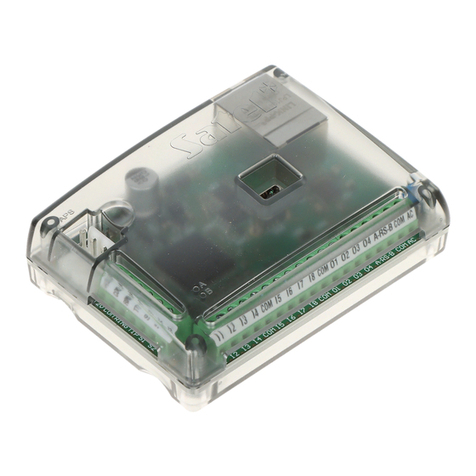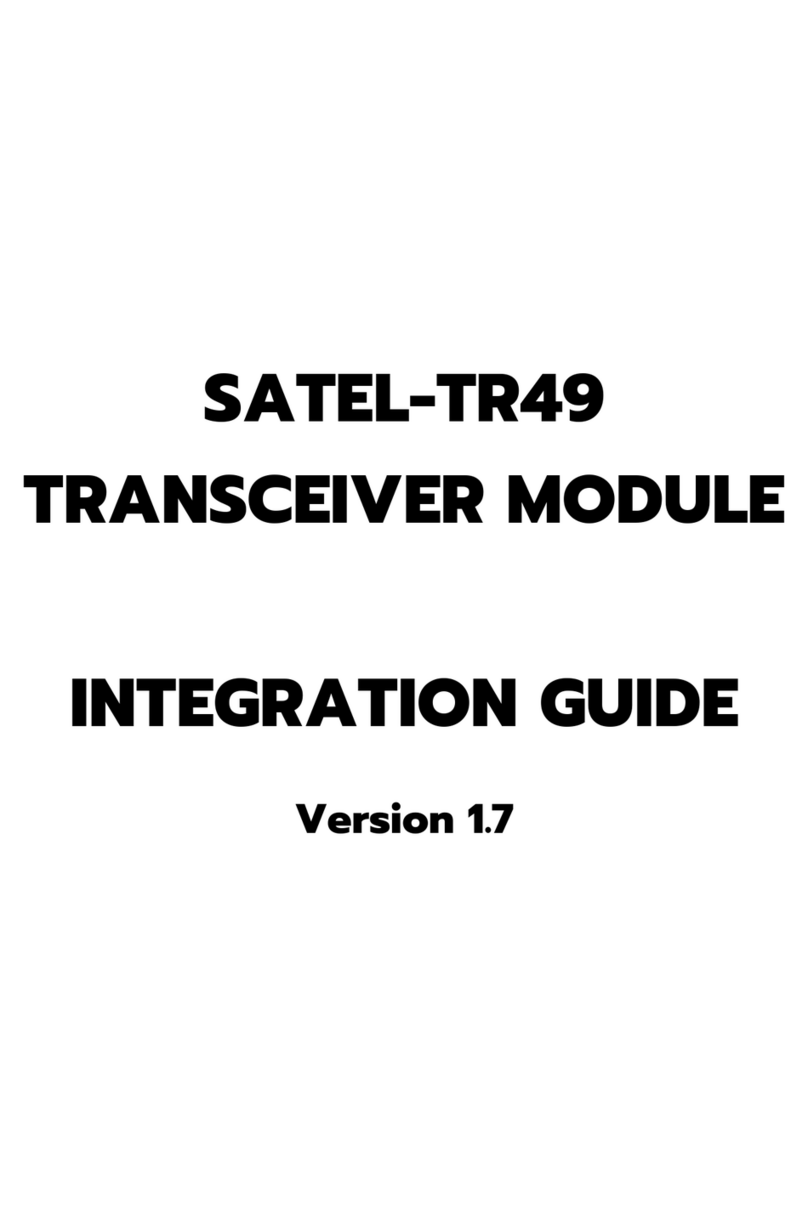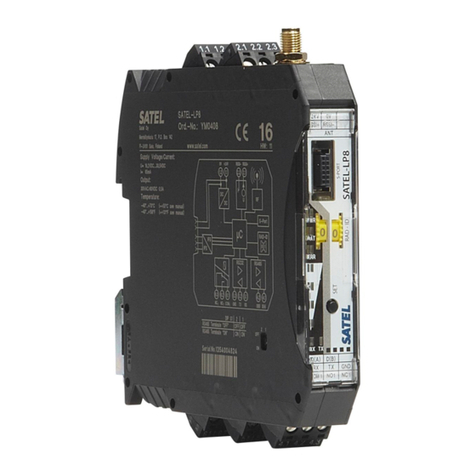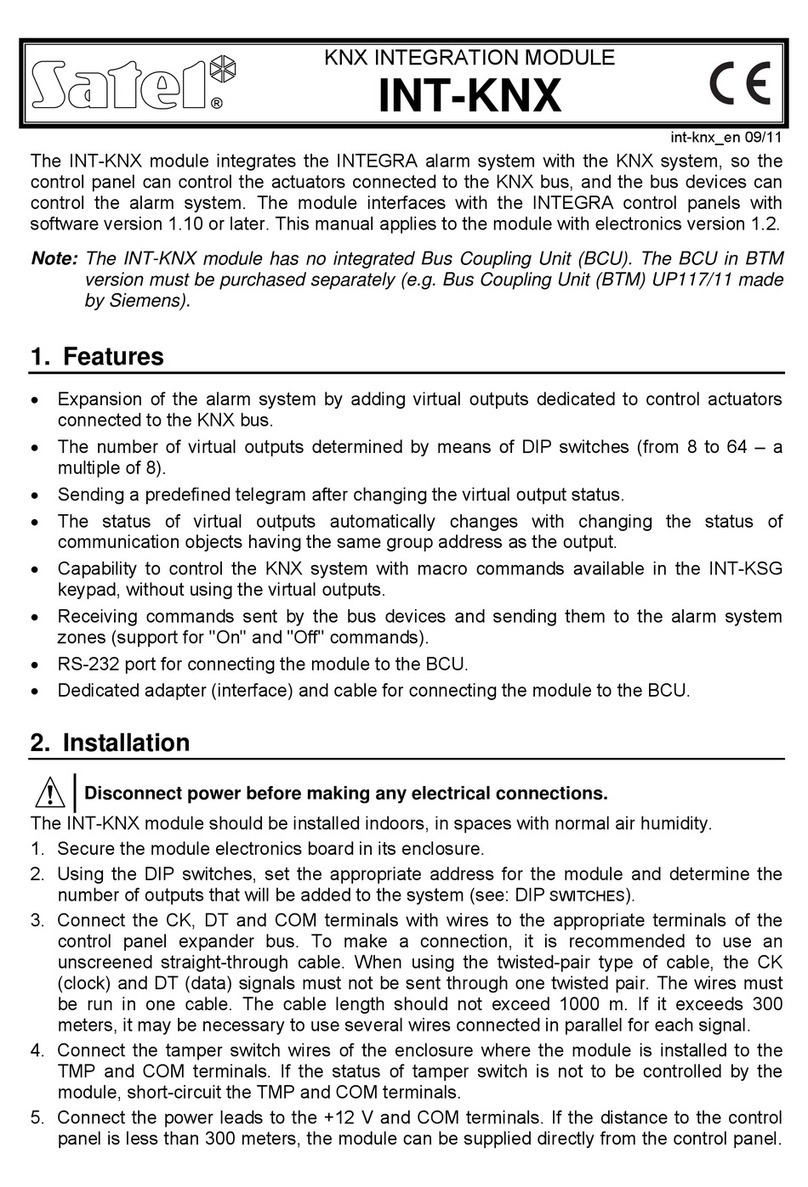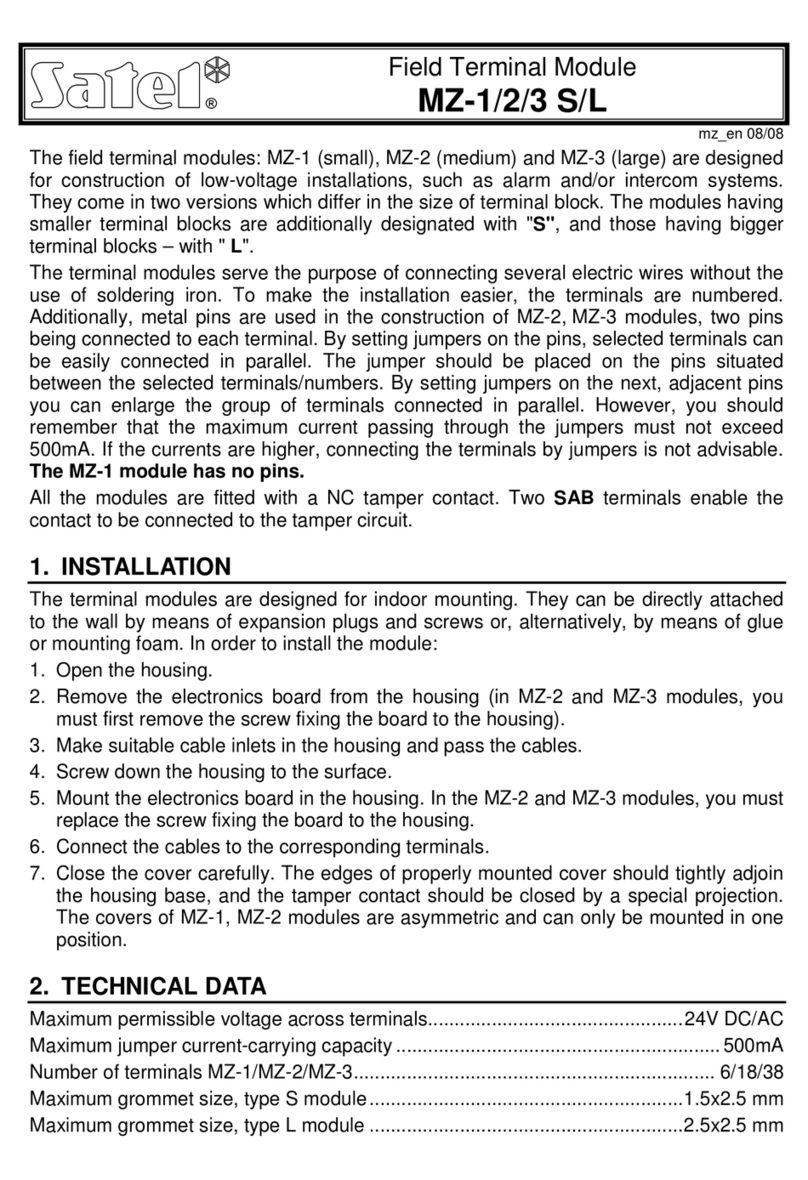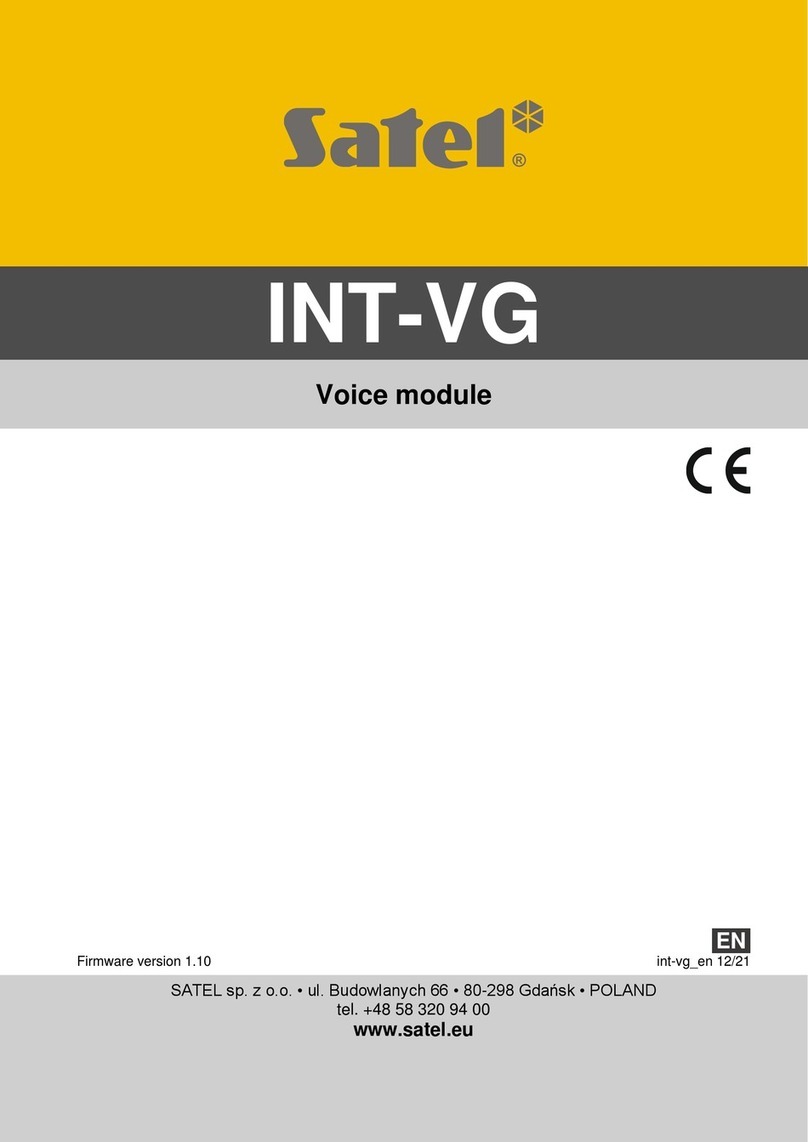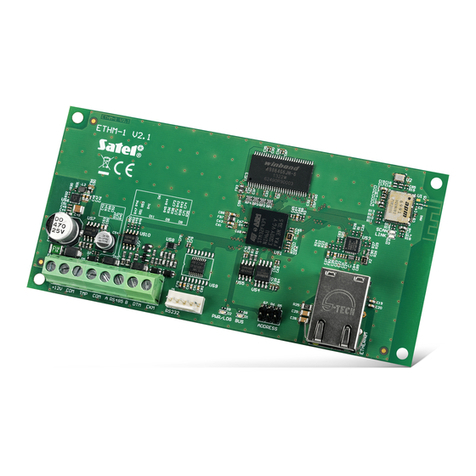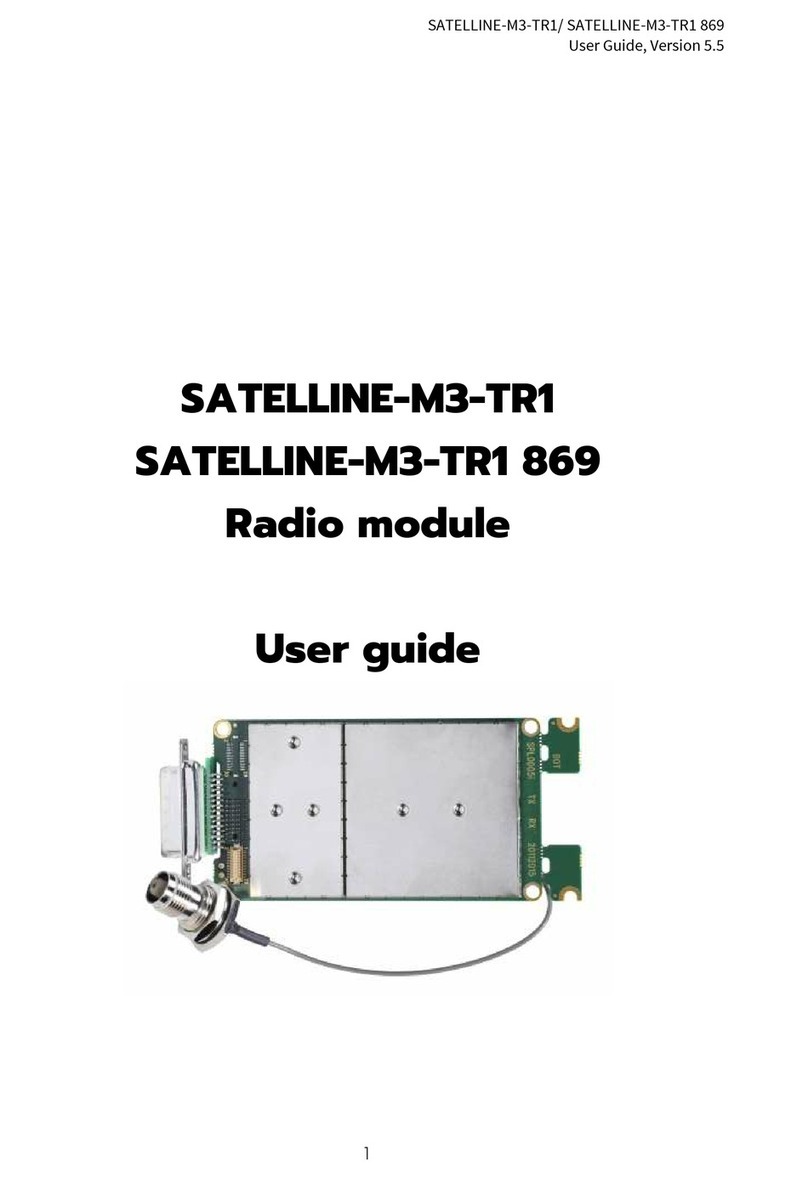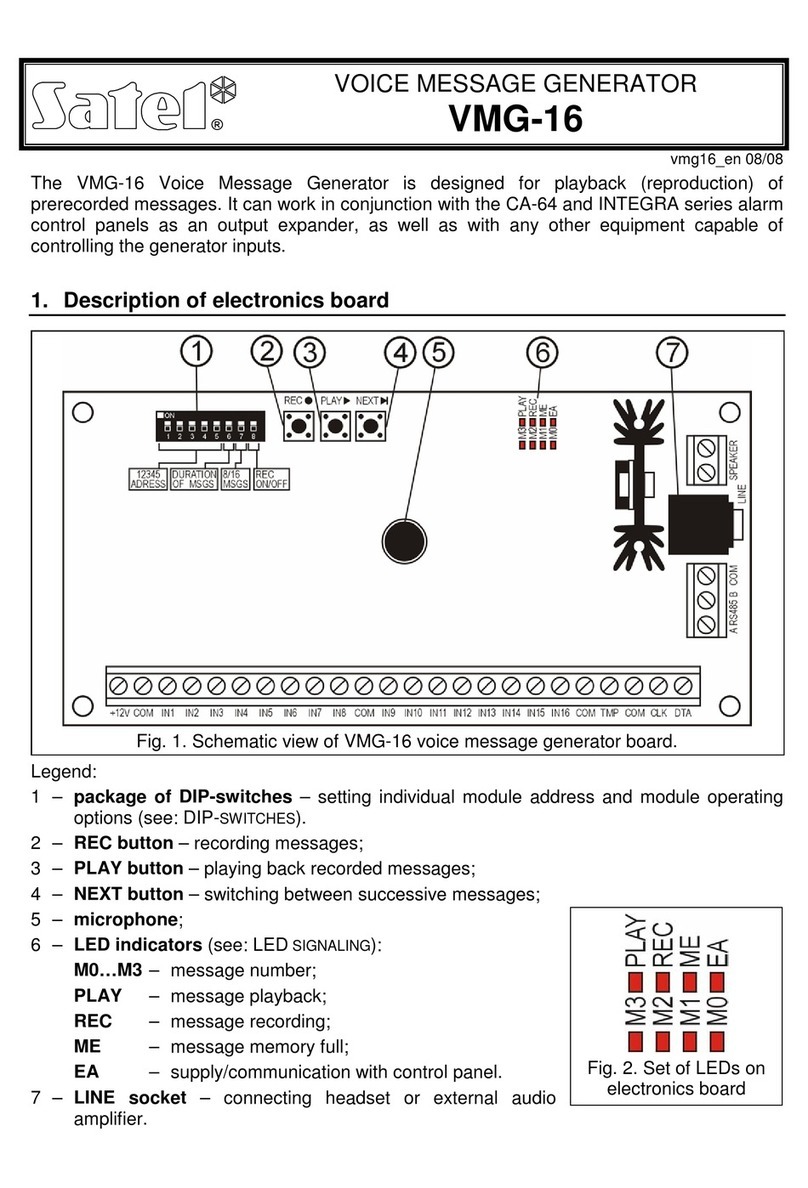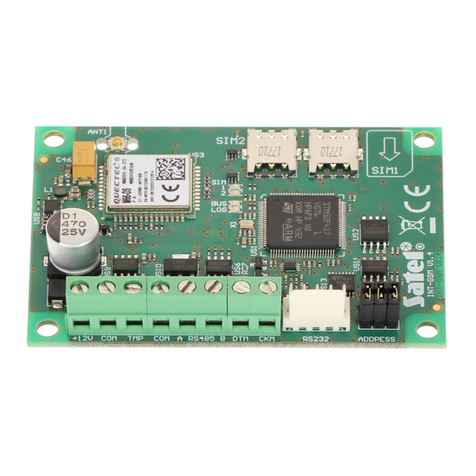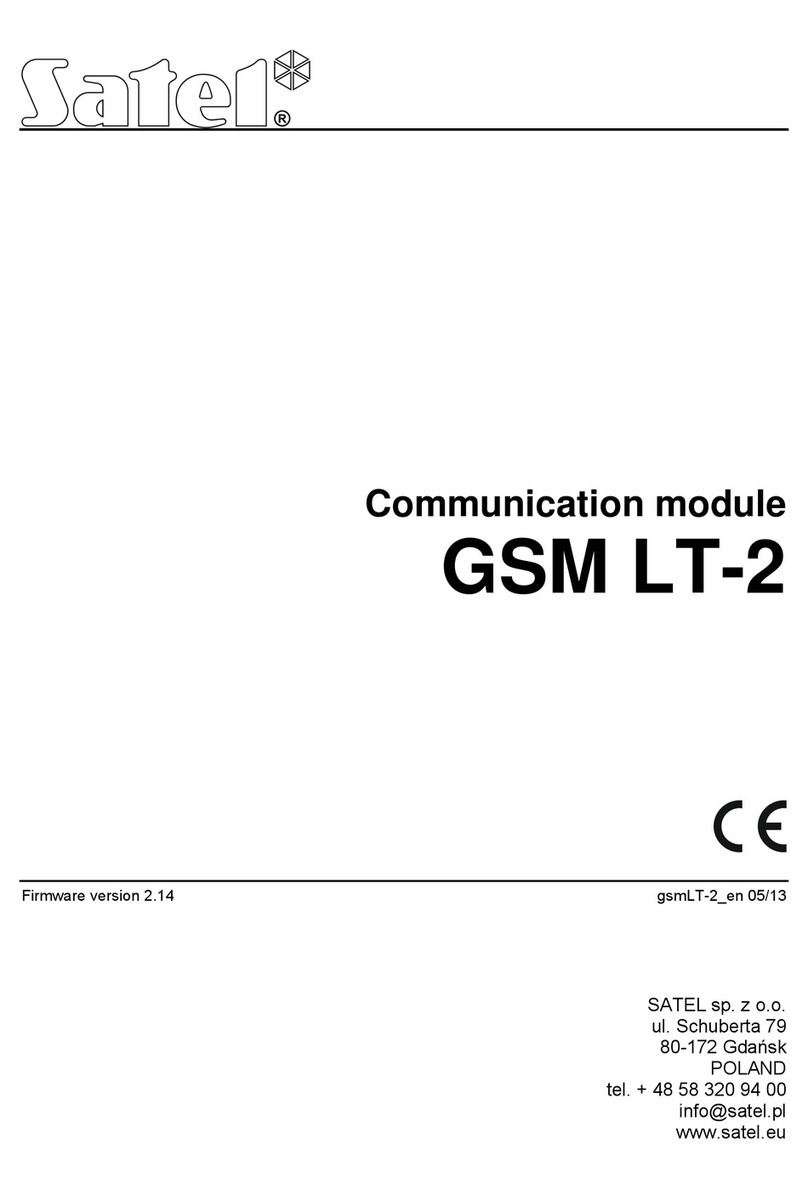CONTENTS
1. GSM-4 MODULE FEATURES ...................................................................................................2
2. LIMITATIONS .........................................................................................................................3
3. DESCRIPTION OF THE MODULE ...............................................................................................3
4. OPERATING INSTRUCTION FOR THE GM47 CELLULAR TELEPHONE.............................................7
5. INSTALLATION.......................................................................................................................7
6. OPERATION OF THE MODULE WITH ALARM CONTROL PANEL AND STATIONARY TELEPHONE ...........9
7. GSM-4 WITH STAM-1 MONITORING STATION........................................................................10
8. DESCRIPTION OF OUTPUTS AND INPUTS OF THE MODULE.........................................................10
8.1 OUTPUTS ...............................................................................................................................11
8.2 INPUTS...................................................................................................................................12
9. DESCRIPTION OF METHODS OF CONTROLLING THE STATUS OF THE OUTPUTS AND BYPASSING THE
INPUTS...............................................................................................................................13
9.1 REMOTE CONTROLLING BY DTMF SIGNALS FROM TOUCH –TONE TELEPHONE KEYPAD................13
9.2 REMOTE CONTROL BY SMS MESSAGES....................................................................................14
9.3 ACKNOWLEDGEMENT OF EXECUTING THE SMS CONTROL..........................................................15
9.4 CONTROLLING THE OUTPUTS BY THE VIOLATION OF INPUTS........................................................16
9.5 CONTROLLING OUTPUTS BY MEANS OF CLIP FUNCTION.............................................................16
9.6 MANUAL CONTROL ..................................................................................................................17
9.6.1 Outputs..............................................................................................................................................17
9.6.2 Inputs.................................................................................................................................................17
10.MESSAGING........................................................................................................................17
10.1 SMS MESSAGES.....................................................................................................................18
10.2 VOICE MESSAGING..................................................................................................................19
10.3 "CLIP" TYPE INFORMATION......................................................................................................19
11.TRANSMITTING SMS MESSAGES ..........................................................................................20
11.1 DESCRIPTION OF THE PROCEDURE FOR CONVERTING PAGER MESSAGE INTO SMS MESSAGE ....21
11.2 SENDING SMS MESSAGES FROM A STATIONARY TELEPHONE SET...............................................21
12.THE RULES FOR CONVERTING THE NUMBERS .........................................................................22
13.SERVICE MODE ...................................................................................................................23
14.DESCRIPTION OF FUNCTIONS FOR PROGRAMMING THE MODULE...............................................28
14.1 CHOICE OF OPTION .................................................................................................................28
14.2 ENTERING NUMERIC OR ALPHANUMERIC DATA...........................................................................29
14.3 DESCRIPTION OF THE SERVICE FUNCTIONS...............................................................................29
15.DLOAD10 PROGRAM..........................................................................................................37
16.EXAMPLES OF PROGRAMMING THE NUMBERS AND PREFIXES ...................................................40
17.BASIC TECHNICAL DATA .......................................................................................................41
18.HISTORY OF THE MANUAL UPDATES ......................................................................................43
